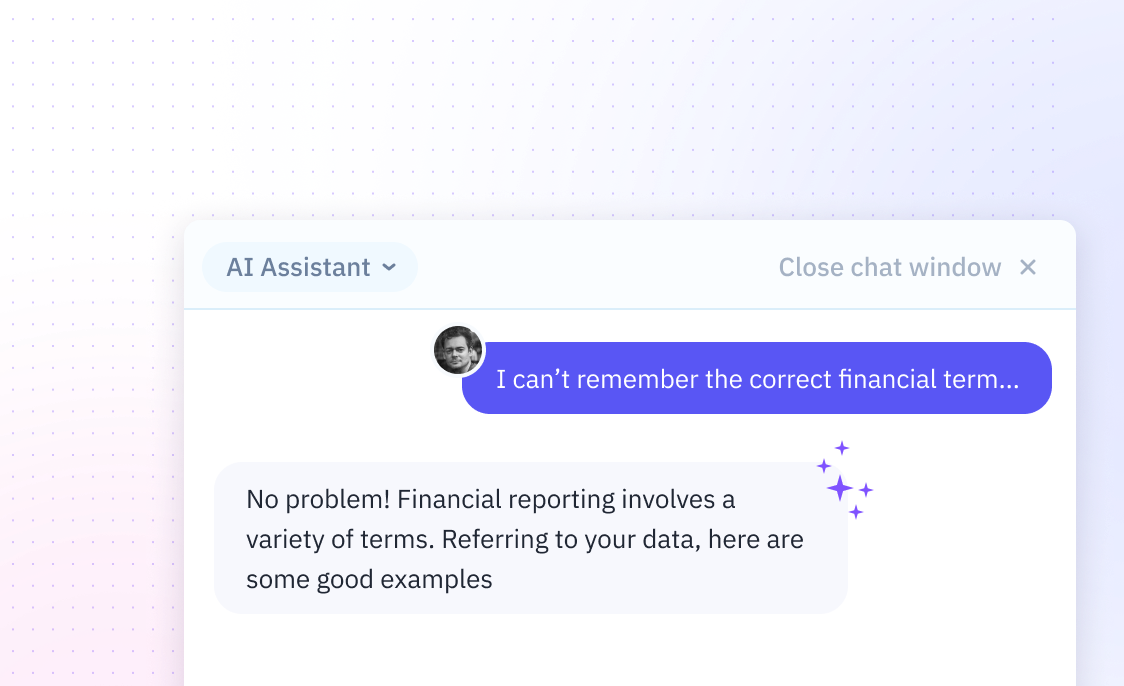
How To Create A Dashboard In Excel: Step-By-Step PDF Guide
Introduction
Discover the straightforward process of crafting a dashboard in Excel with our step-by-step PDF guide. This resource simplifies the journey from raw data to a fully functional dashboard, providing clear instructions for users of all levels.
Learn the essential techniques for selecting the right data, utilizing Excel's powerful tools, and customizing your dashboard to meet specific needs. Our guide demystifies the process, making data visualization accessible to everyone.
After learning the traditional Excel methods, we'll explore how Sourcetable, an AI-powered spreadsheet tool, lets you instantly create dashboards by simply chatting with an AI assistant - upload your data and describe what you want to analyze, and Sourcetable will handle the rest. Try it out at app.sourcetable.com to experience effortless data analysis and visualization.
How to Create a Dashboard in Excel: Step by Step Guide
Creating dashboards in Excel allows for sophisticated data analysis and visualization. This guide presents concise steps for constructing a functional Excel dashboard, leveraging the features and tools recommended by experts and users in the /r/excel subreddit.
Starting with Pivot Charts
Begin by inserting a pivot chart for a straightforward approach to dashboard creation. This serves as the foundation for data interaction and visual representation.
Enhancing with Slicers
Integrate slicers to transition your chart into an interactive application. Customize slicers to refine the user experience and data navigation within the dashboard.
Customizing Visual Elements
Adjust grid lines and explore various chart formats to enhance the application-like feel of your dashboard. These visual customizations aid in creating a professional and clean appearance.
Expanding with Power Tools
Incorporate Power Pivot and Power Query for advanced data modeling and transformation. These powerful Excel add-ins are recommended for more complex dashboards.
Considering BI Software Alternatives
For dashboards that require further sophistication, consider using dedicated BI software like Tableau. However, extensive customization in Excel remains a viable option for many users.
Additional Resources
For comprehensive tutorials and resources on creating Excel dashboards, visit Chandoo.org, a recommended site with a wealth of information on dashboard creation.
Excel Dashboard Use Cases
Sales Performance Tracking System
Create a comprehensive dashboard to monitor key sales metrics, including revenue, conversion rates, and sales team performance. This visual tool enables retail managers to identify trends and make data-driven decisions to optimize sales strategies.
Personal Budget Management Overview
Design a financial dashboard that tracks income, expenses, savings, and investment performance. This personalized tool helps individuals maintain better control over their finances and achieve their financial goals.
Project Timeline and Deliverable Tracking
Develop a dynamic project management dashboard that visualizes project milestones, resource allocation, and deadline adherence. This enables project managers to keep teams aligned and identify potential bottlenecks before they impact delivery.
Customer Feedback Analysis Dashboard
Implement a dashboard that aggregates and analyzes customer satisfaction metrics, reviews, and feedback patterns. Service providers can use this information to improve their offerings and address customer concerns proactively.
Real-time Inventory Management System
Set up a warehouse monitoring dashboard that tracks stock levels, movement patterns, and reorder points. This real-time visualization helps warehouse managers optimize inventory levels and prevent stockouts or overstock situations.
Excel vs Sourcetable: The Future of Spreadsheets
Traditional spreadsheets like Excel require manual data manipulation and complex function knowledge, while Sourcetable revolutionizes spreadsheet work through AI-powered interactions. Whether you're analyzing data, creating visualizations, or building reports, Sourcetable's chatbot interface eliminates the need to learn formulas or features. Try Sourcetable today at app.sourcetable.com to answer any spreadsheet question instantly.
Natural Language Interface
Excel relies on manual function input and formula knowledge, while Sourcetable lets you communicate your data needs conversationally through an AI chatbot. Simply describe what you want to achieve, and Sourcetable handles the technical implementation.
Data Processing Capabilities
While Excel has file size limitations and requires manual data importing, Sourcetable handles files of any size and connects directly to databases. Upload CSVs, Excel files, or connect your database to start analyzing immediately.
Analysis and Visualization
Excel requires manual chart creation and formatting knowledge, but Sourcetable generates stunning visualizations through simple chat commands. Tell the AI what insights you're looking for, and it creates the appropriate charts and analysis automatically.
Accessibility and Efficiency
Sourcetable eliminates the learning curve associated with Excel's complex features and functions. Users of any skill level can perform advanced data analysis by simply describing their goals to the AI assistant.
Frequently Asked Questions
What are the basic steps to create a dashboard in Excel?
The basic steps are: 1) Import data into Excel, 2) Create a new workbook with three worksheets named 'Raw Data,' 'Chart Data,' and 'Dashboard,' 3) Add raw data to a table, 4) Analyze data using charts, formulas, and PivotTables, and 5) Create the dashboard by inserting and customizing visual elements in the 'Dashboard' worksheet.
Where can I find comprehensive tutorials for creating Excel dashboards?
You can find tutorials from several sources: The Office Lab YouTube Channel (specializing in Pivot Charts with Slicers), MyOnlineTrainingHub (comprehensive tutorials), and Chandoo.org (specific use case tutorials).
What is the recommended way to organize data for an Excel dashboard?
Organize data by creating a new workbook with multiple worksheets, specifically naming them 'Raw Data,' 'Chart Data,' and 'Dashboard.' Add raw data to a table to ensure accuracy before creating visual elements.
Conclusion
Creating Excel dashboards requires careful planning and execution of multiple steps. Following a structured guide helps ensure successful implementation.
While manual dashboard creation can be complex, modern tools streamline the process. Sourcetable's AI-powered platform simplifies dashboard creation with its built-in chatbot assistance.
Skip the learning curve and create professional dashboards faster with Sourcetable today.






